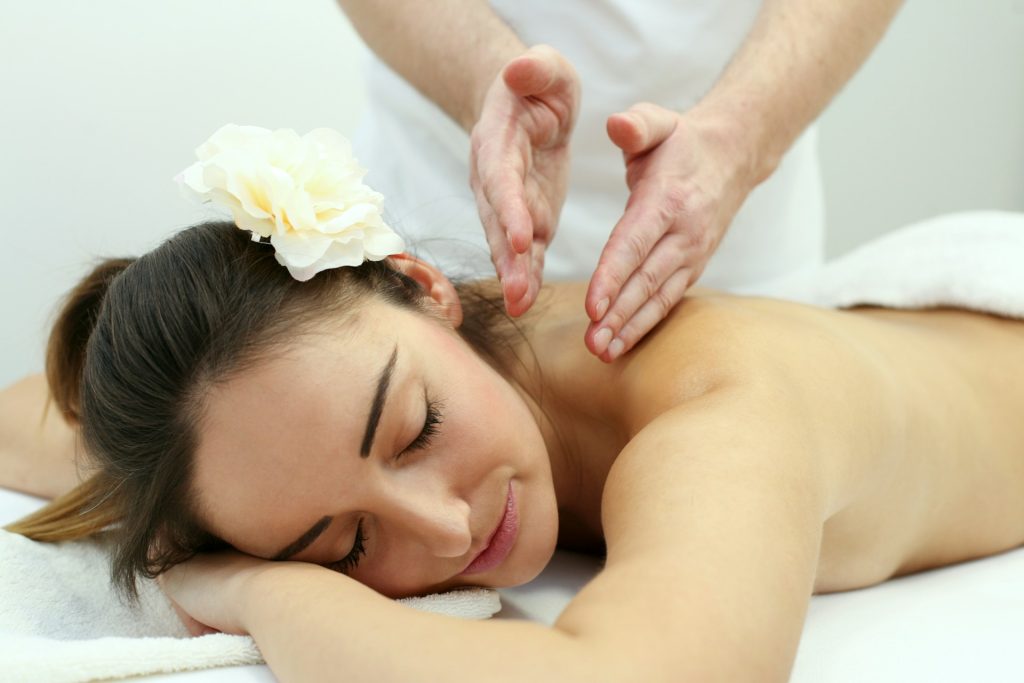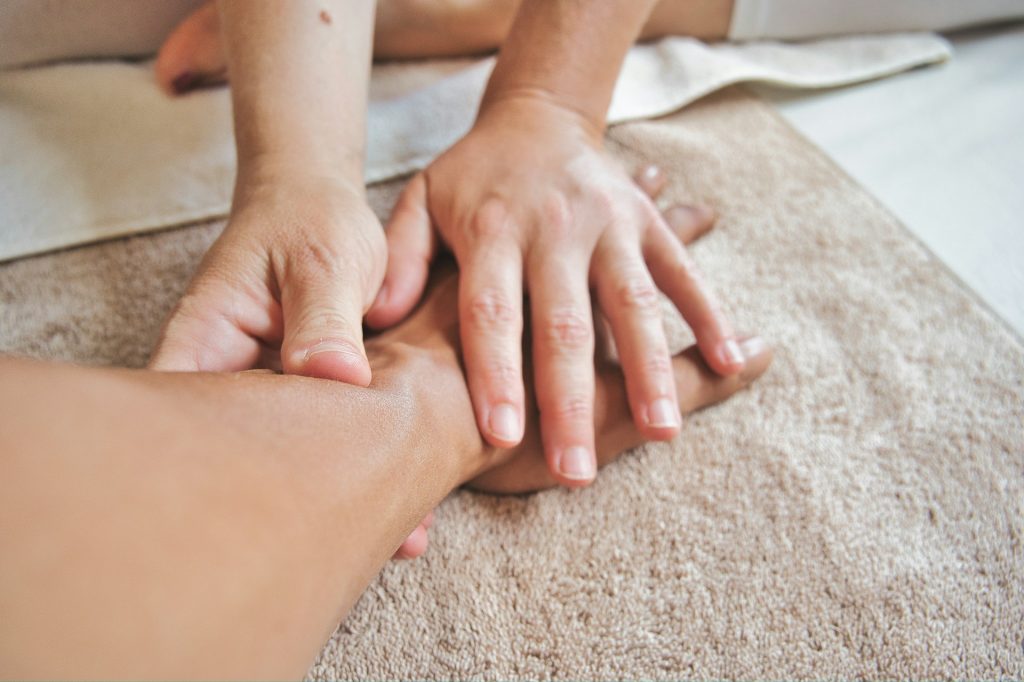Massaging tight calf muscles effectively starts by understanding that the gastrocnemius and the soleus, the main muscles in the calf, are prone to tightness. Begin by warming up the muscle fibers, ensuring that the length of the muscle is prepared for massage. This increases blood circulation, bringing oxygen and nutrients to the area, which helps alleviate muscle damage. When you massage tight calf muscles, you aim to make the muscle fibers softer and less tight, reducing tight or tender spots through various techniques.
As you apply pressure, you may notice areas that feel particularly resistant, likely where lactic acid has built up. By maintaining pressure on these points for at least 30 seconds, you can help disperse the lactic acid, which in turn benefits massage therapy as it improves the overall texture of the muscle. If discomfort persists, it’s wise to seek professional advice from a physiotherapist or massage therapist to ensure no underlying issue contributes to your tight calves.
Understanding the Causes of Calf Muscle Tightness
Understanding the causes of calf muscle tightness can help you address the root of pain and discomfort. Often, this tightness stems from overuse or strain on the soft tissue, which can lead to a cycle of pain that inhibits daily activities. By identifying the cause, you can tailor your massage and treatment approach to alleviate the tightness in your calves more effectively.
The Impact of Physical Activity
Physical activity, particularly leg exercises, can significantly contribute to calf muscle tightness. Running, jumping, or any activity that puts repetitive strain on your calves can cause the muscle fibers to contract and become tight. Without proper stretching and recovery, this can lead to sustained tightness that affects your range of motion and comfort. It’s essential to balance activity with adequate rest and recovery techniques to prevent chronic tightness.
Dehydration and Nutritional Deficiencies
Dehydration and nutritional deficiencies are less obvious yet critical factors contributing to calf muscle tightness. When your body lacks fluids or essential nutrients like magnesium and potassium, your muscles may be more prone to cramping and tightness. Ensuring proper hydration and a balanced diet can help maintain muscle health and prevent unnecessary tightness in your calves.

Pre-Massage Preparations for Best Results
Before diving into a massage, it’s crucial to make a few preparations to enhance the effectiveness of your session. Start by creating a comfortable and calm environment. Gather all necessary tools, such as massage oils, lotions, and any other items that may assist you in the massage. Ensure you’re in a warm space to keep your muscles relaxed and responsive to the treatment.
Warming Up the Calf Muscles
To reduce the risk of bruising and prepare the muscle fibers for massage, start by warming up your calf muscles. Gentle exercise or applying a warm compress can help increase blood flow and make the tissue more pliable. This step is essential, as it primes your muscles for deeper work and helps prevent muscle damage. If you have conditions like varicose veins or peripheral neuropathy, consult a professional massage or mobile massage therapist for guidance on safe warm-up practices.
Selecting the Right Environment and Tools
Choosing an environment conducive to relaxation is essential for an effective calf massage. The space should be quiet and comfortable, with minimal distractions. Gather all the tools you’ll need, such as a lacrosse ball for targeted pressure, a foam roller for broader strokes, and any oils or lotions to reduce friction. Ensuring you have everything within reach before starting the massage will allow for a smooth, uninterrupted experience that encourages more profound relaxation of the calf muscles.
Mastering Massage Techniques for Calf Relief
Mastering massage techniques is key to providing relief for tight calf muscles. Begin with gentle kneading and gradually move to deeper strokes as muscles relax. Deep tissue massage is effective for muscle knots and chronic tightness. Using oil or lotion helps smooth movements and avoids excess friction. Focus on alleviating pain and promoting healing, adjusting your technique based on your body’s responses.
Starting With Gentle Stretches
Initiate your massage routine with gentle stretches to elongate the muscle fibers and prepare them for deeper manipulation. Focus on stretches that target both the gastrocnemius and the soleus muscles, as these are common areas of tightness. Maintaining each stretch for at least 30 seconds will help release tension and improve flexibility, setting a solid foundation for further massage techniques.
Identifying Stretching Limits
When stretching, it’s vital to identify your limits to prevent injury. Listen to your body and recognize the difference between a beneficial stretch and one that may cause harm. If you experience sharp pain or discomfort beyond a regular stretch, ease up immediately. Seeking medical advice before pushing beyond your comfort zone is always a wise precaution, especially if you have a history of muscle injuries.
Progressing to Deep Tissue Manipulation
Once the muscles are warmed up and stretched, progress to deep tissue massage to address any remaining tightness. This technique targets deeper layers of muscle and connective tissue, focusing on trigger points or muscle knots contributing to ongoing discomfort and tightness.
Locating and Targeting Knots and Tension
During a deep tissue massage, locate muscle knots, which often feel like small, tight bumps within the muscle. Apply firm, consistent pressure using your fingers, thumbs, or tools like a lacrosse ball to work these areas. The goal is to release the tension within these knots, which can significantly alleviate pain and restore flexibility to the muscle.
Advanced Massage Tools to Alleviate Tight Calves
Advanced massage tools can be game-changers in addressing tight calves. These tools are designed to mimic professional massage techniques and can provide relief in the comfort of your home. From foam rollers to percussion massage guns, incorporating these tools into your routine can help manage and prevent calf muscle tightness.
1. Using a Foam Roller for Self-Massage
Foam rollers are an excellent tool for self-massage, offering a convenient way to apply consistent pressure to the soft tissue. By slowly rolling your calf over a foam roller, you can target broad areas of tightness and encourage increased blood flow throughout the muscle. This not only helps with immediate relief but also contributes to long-term muscle health and flexibility.
2. The Benefits of a Percussion Massage Gun
A percussion massage gun is another powerful tool for targeted relief for tight calves. These devices deliver rapid pressure bursts to the muscle, effectively working out trigger points and knots. The high-intensity vibrations also promote blood flow, which aids in the recovery process and can provide a deeper sense of relaxation after a session.
3. Shiatsu Foot & Leg Massager for Comprehensive Care
For those seeking relief from tight calf muscles, a Shiatsu foot and leg massager can offer comprehensive care. These devices are designed to simulate traditional Shiatsu massage’s kneading and rolling motions, efficiently targeting trigger points and tension areas. With regular use, they can provide deep relaxation and alleviate the discomfort associated with muscle tightness.

Post-Massage Care: Ice or Heat?
After massaging your tight calf muscles, deciding between ice or heat therapy can significantly affect recovery. Each method has its benefits and should be chosen based on the specific condition of your muscles post-massage.
Ice Therapy to Reduce Inflammation
After a massage, ice therapy is a go-to remedy to reduce inflammation and soothe sore calf muscles. It works by constricting blood vessels, slowing circulation, and reducing swelling. For foam rollers or other massage tools, applying ice following your session can help manage any ensuing inflammation, ensuring a quicker path to recovery.
Heat Treatment for Muscle Relaxation
On the other hand, heat treatment is excellent for muscle relaxation and improving circulation. Warmth can ease muscle strains by dilating blood vessels and increasing oxygen flow to the muscles. Applying a heat pack after massaging tight calves can help maintain their newfound suppleness and provide soothing comfort.
When to Seek Professional Help for Persistent Calf Pain
If you experience ongoing calf pain, muscle pain, or muscle tightness, it may be time to seek a professional. Warning signs like blood clots, deep vein thrombosis, or a calf muscle tear require immediate attention. Don’t ignore persistent muscle fatigue; professional therapists can offer targeted techniques to massage your calf and address underlying issues, such as shoulder pain, that could be contributing to the discomfort.
Final Thoughts
Post-massage, focusing on calf muscle care is vital to prevent sports injuries and enhance wellness. Regular massages, along with adequate hydration, nutrition, and exercise, can significantly improve muscle function and comfort. These practices benefit athletes and those seeking relief from daily strain, offering notable gains in flexibility and mobility. Listen to your body and give your calves the necessary attention for effortless and confident movement.
